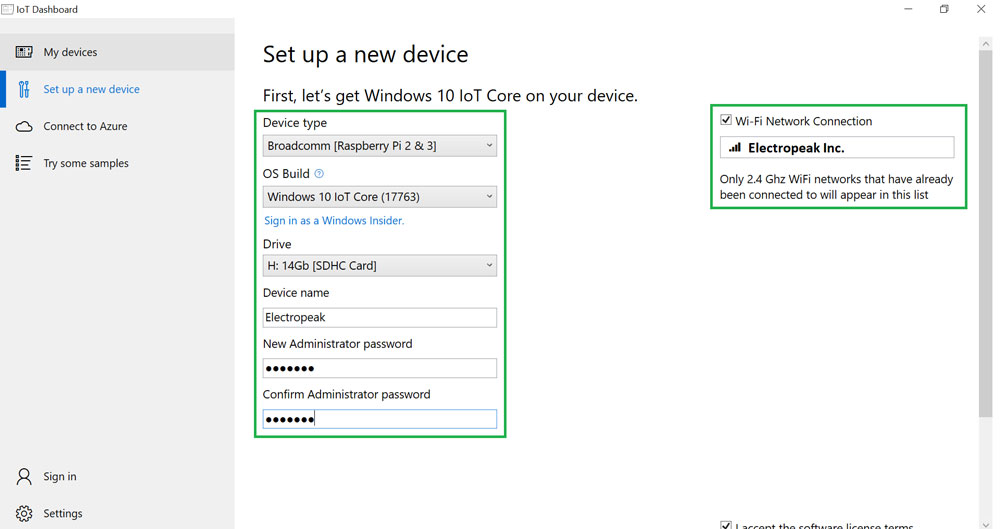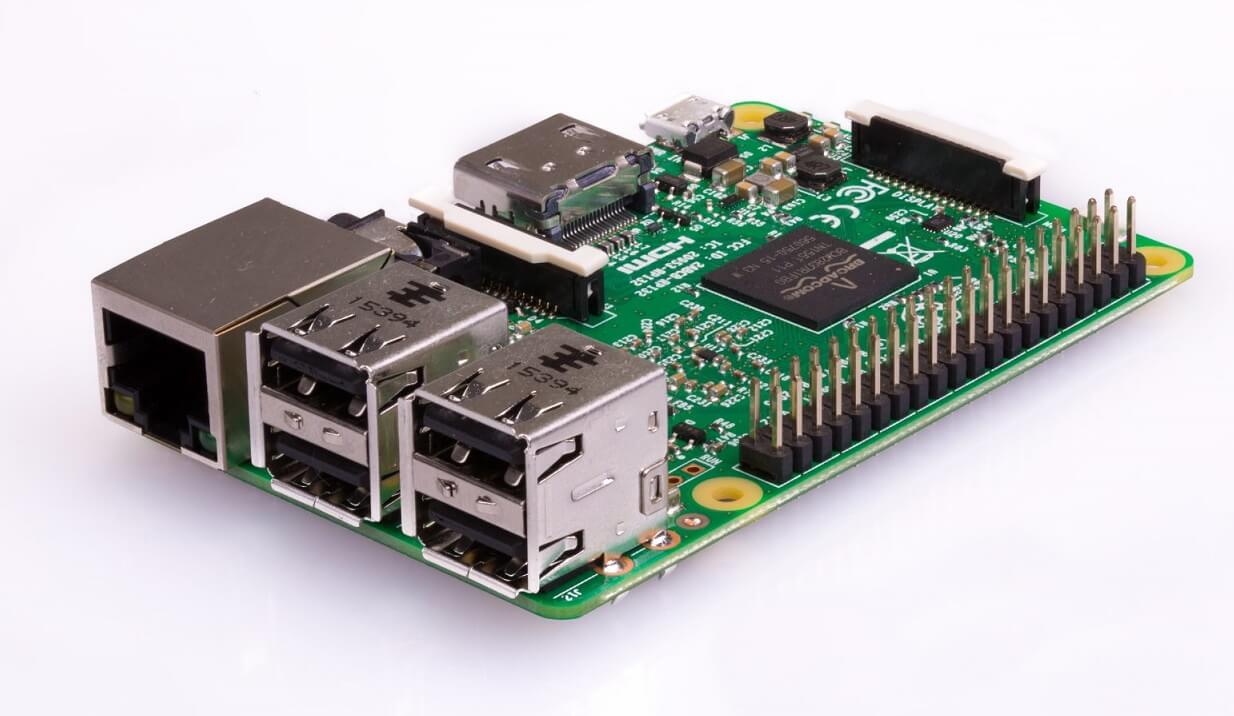

- #How to install windows 10 iot core on raspberry pi 3 driver
- #How to install windows 10 iot core on raspberry pi 3 free
A representative from the Windows On Devices team told us more WiFi dongles will be supported in the future the only driver they were able to bring up in time is the official dongle from the Raspberry Pi foundation. Microsoft managed to make a single board computer without a hardware UART.įortunately, some of these problems are temporary. Digital audio is completely ignored, and pins 8 and 10 – normally reserved for a 3.3V UART on every other Raspberry Pi distribution – are reserved pins. If you’ve ever wanted clearer evidence the Windows 10 IoT core is not meant to be an extensible system like every other Linux-based single board computer, you need only look a little deeper. Even devices from the Raspberry Pi foundation, like the Raspberry Pi camera, are not supported by IoT core Common sense would dictate that you could install the Windows driver for the Realtek chipset, but this is not the case no Windows driver will ever work with Windows 10 IoT core.

Odds are, if you have a Raspberry Pi 2, that WiFi module you picked up won’t work. By far, the most popular WiFi module used for the Raspberry Pi (and something you should always carry around in your go-bag) is the Edimax EW-7811Un, a tiny WiFi module that uses a Realtek chipset. Officially, the only supported WiFi module is the official Raspberry Pi WiFi module with a BCM43143 chipset. There are a few shortcomings of the Windows 10 IoT core for the Raspberry Pi. The base user experience of Windows 10 IoT Core is just network information, a device name, and a picture of a Raspberry Pi. You do get a few options for language and network settings, and there are a few tutorials and examples – connecting to Visual Studio and blinking an LED – but that’s it. The totality of the Windows 10 IoT Core experience In fact, the only thing that is displayed through the Pi’s HDMI port is a screen giving you the IP address and what USB devices are attached. No, you don’t need a keyboard or mouse there’s very little you can actually do with the Pi. IMG file.Īfter putting the image on an SD card, installing Windows 10 IoT Core is as simple as any other Raspi distro: shove the card in the Pi, connect an Ethernet cable, and give it some power.

#How to install windows 10 iot core on raspberry pi 3 free
Yes, Windows 10 is free for everyone with a relatively modern Windows box, but since the only requirement for running Windows 10 IoT core is putting an image on an SD card and monitoring a swarm of IoT Core devices, there is no reason why this OS can’t be supplied in an. IMG file that can be used with dd under *nix and Win32DiskImager on Windows. FFU image file format and turns it into an. This Python script takes the special Microsoft. There are a few ways around this is with the ffu2img project on GitHub. Officially, the only way to install Windows 10 IoT Core is with a computer running Windows 10. For general-purpose computing, you’re better off looking elsewhere. While Windows 10 IoT uses the HDMI output on the Pi, this is merely informational, the video output capabilities of the Pi reserved for application-specific displays – digital signage, POS terminals and ATMs are where Windows 10 IoT Core excels. Think of this feature as a web-based Windows control panel. Here, you can check out what devices are connected to the Pi, look at the running processes, and run new apps. After booting and pointing a browser to the Pi, you’re presented with a rather complete web-based interface. The majority of interaction with Windows 10 IoT Core is over the web. If you want to control dozens or hundreds of devices, each running a program written in Visual Basic, JavaScript, C#, or Python, this is for you. Windows 10 IoT core isn’t so much an operating system, as it is a device that will run apps written with Windows APIs: there is no shell. Being able to run real Windows applications on a Raspberry Pi would be a killer feature, and putting Skype on a Pi would mean real Jetsons-style video phones appearing in short order. When Windows 10 IoT was first announced, there was great hope for a Windows RT-like experience.

It’s not worth your time unless you have a burning desire to write apps for Windows, and even then you could do a better job with less effort with any Linux distro. Run as fast as you can away from Windows IoT. This is the review, but here’s the takeaway: run. Either one is accurate.Įarlier this week, Microsoft announced the first public release of Windows 10 IoT Core. Yes, Microsoft is finally moving away from the desktop, building a platform for a billion Internet of Things things, or filling the gap left by tens of thousands of POS terminals and ATMs running XP being taken offline. It starts with the Raspberry Pi and Windows 10 IoT Core – a stripped down system with Windows API calls running on an ARM architecture. Last Spring, Microsoft unveiled their plan for Windows and the Internet of Things.


 0 kommentar(er)
0 kommentar(er)
